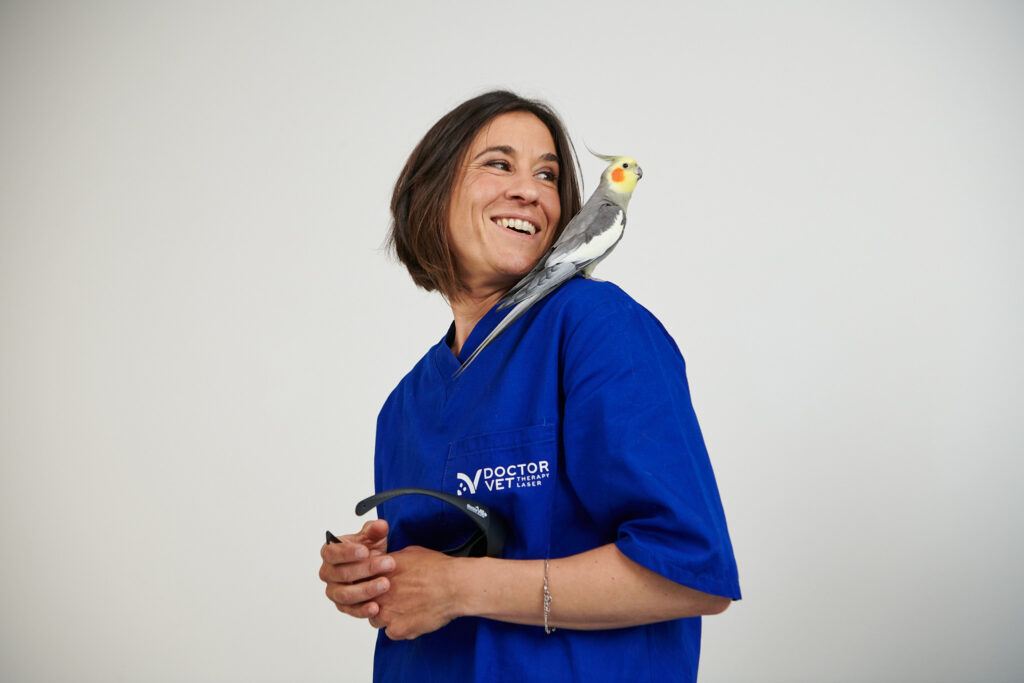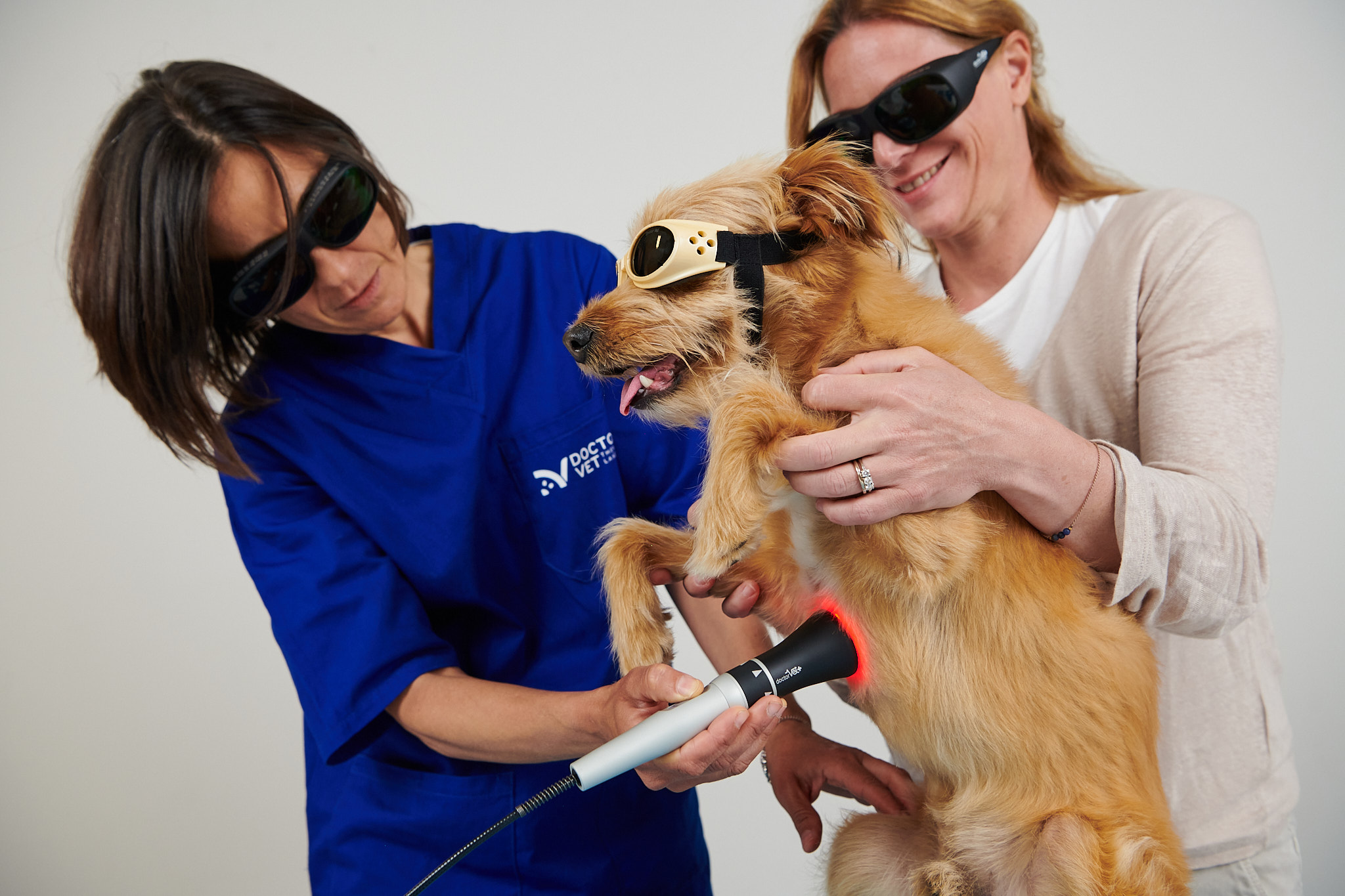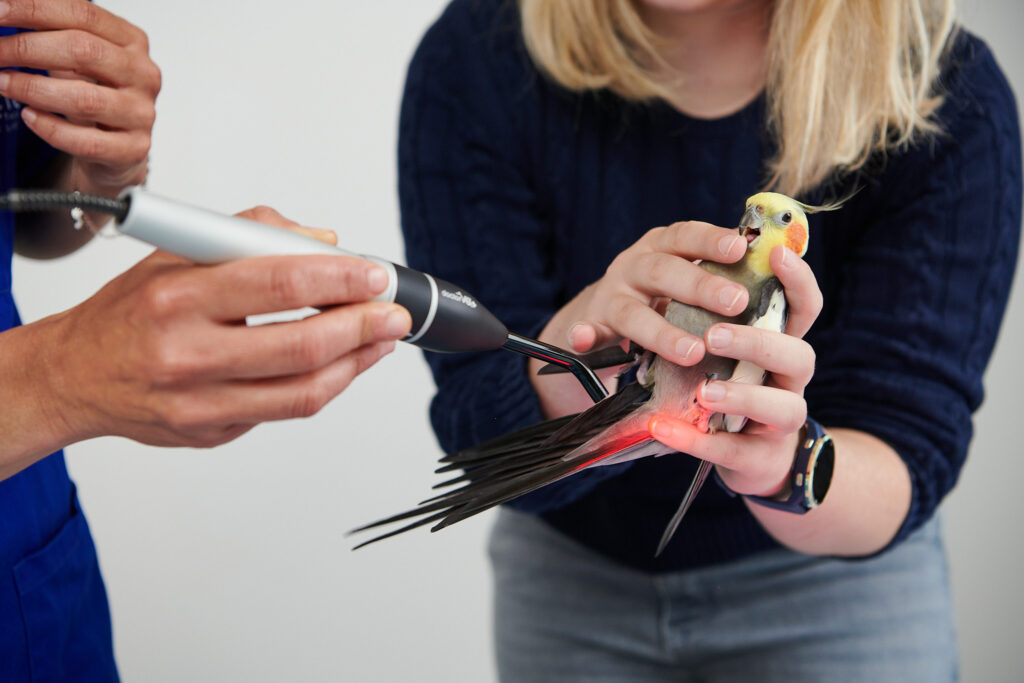Acupuncture seeks balance between the Yin and the Yang using various techniques, such as2:
In histology, acupuncture points are characterised by a large concentration of nerve endings and significant vascularisation.
Depending on the specific Yin-Yang imbalance, the goal may be to achieve a sedative effect (in response to excess energy), tonification or stimulation.

Part of the acupuncture mechanism is to stimulate microcirculation and one of the related compounds is nitric oxide. Other effects relate to the release of endogenous opioids, as well as serotonin, to produce an analgesic effect and muscle relaxation3.
Through the observation of general effects from acupuncture and recalling the effects of laser therapy (the general effects in biostimulation and on pain in clinical situations), which include the release of nitric oxide4 and the release of β-endorphins and serotonin5, we can consider the benefits of combining acupuncture and laser therapy (laserpuncture).

Seeing is believing!
Book a demo now to learn how DoctorVet works!
Studies have been conducted in human medicine that show the benefits of laserpuncture, such as a study conducted by Schlager et al. (1998) in which they studied the effects of laser therapy to inhibit vomiting through stimulation of PC-6 (pericardium) in paediatric patients undergoing strabismus surgery. A total of 40 patients were included. Treatment was applied 15 minutes prior to anaesthetic induction and 15 minutes after anaesthesia. They observed a 25% incidence rate of vomiting in the group treated with laser and 85% in the control group. Hence, Schlager et al. concluded that laserpuncture was useful in the stimulation of PC-6 to reduce the incidence of post-operative vomiting6.
In veterinary medicine, the effects of laserpuncture have been studied in cats undergoing ovariohysterectomy, including 20 cats. Laserpuncture is applied at two points – ST-36 (stomach) and SP-6 (spleen) during anaesthesia induction. The post-surgical analgesic treatment was significantly greater in cats from the control group (5/10) than in the group treated with laser (1/10). Hence, laserpuncture reduced the need for post-surgical analgesic treatment in cats undergoing ovariohysterectomy7.
DoctorVet has specific protocols for performing laserpuncture, consisting of five stages at different frequencies and a constant phase.
Furthermore, each protocol offers various dosages depending on whether we want to achieve sedation, tonification or stimulation.
A lower dosage is required in those cases where the point presents excess energy (acute cases). Meanwhile, tonification requires a higher dosage. The spot hand tool is most suitable for the stimulation of acupuncture points.
The treatment schedule may vary depending on the pathology of the patient, it being essential for the veterinarian to perform an assessment and establish a treatment schedule for laserpuncture cases.


Via dell’Impresa, 1
36040 Brendola (VI)
VAT 02558810244
C.R. VI 240226
© Copyright 2016-2021 LAMBDA S.p.A. | Privacy Policy